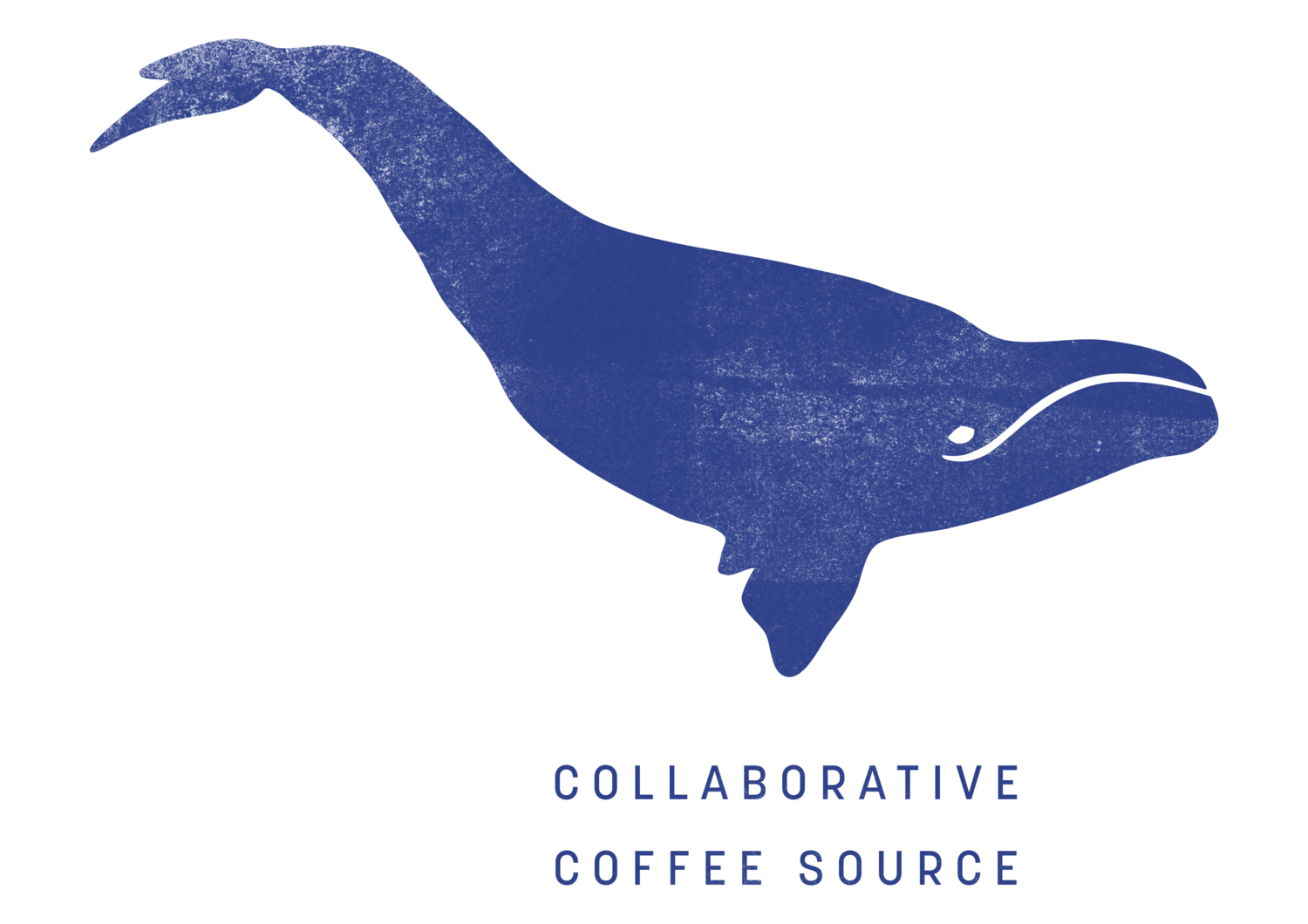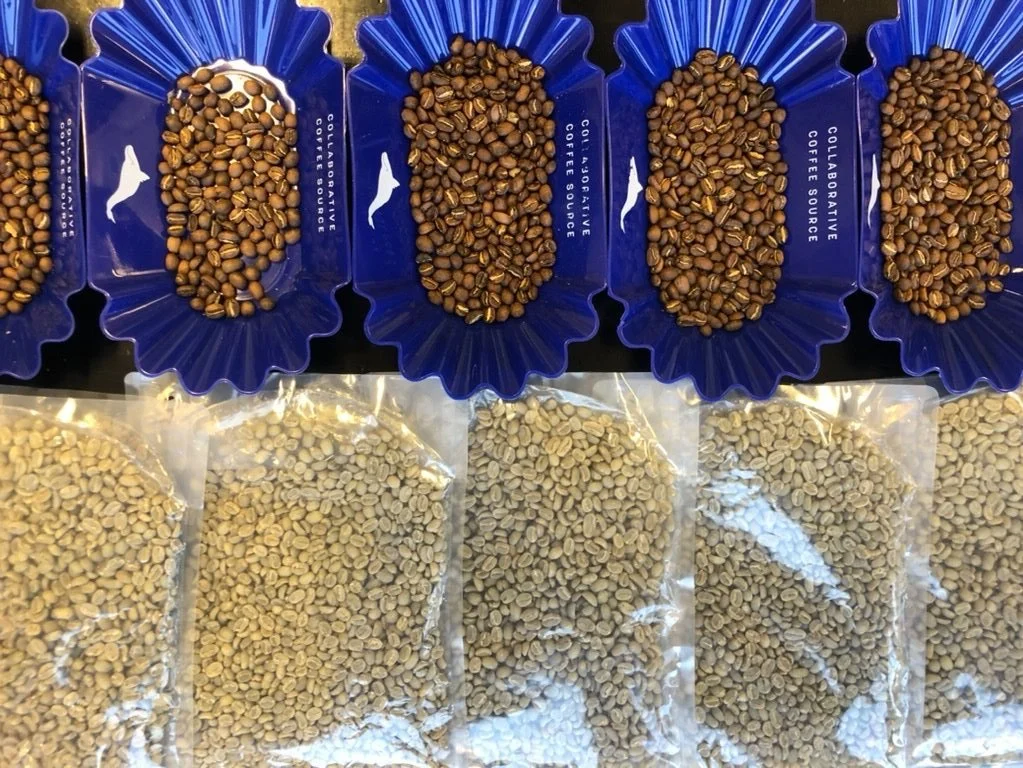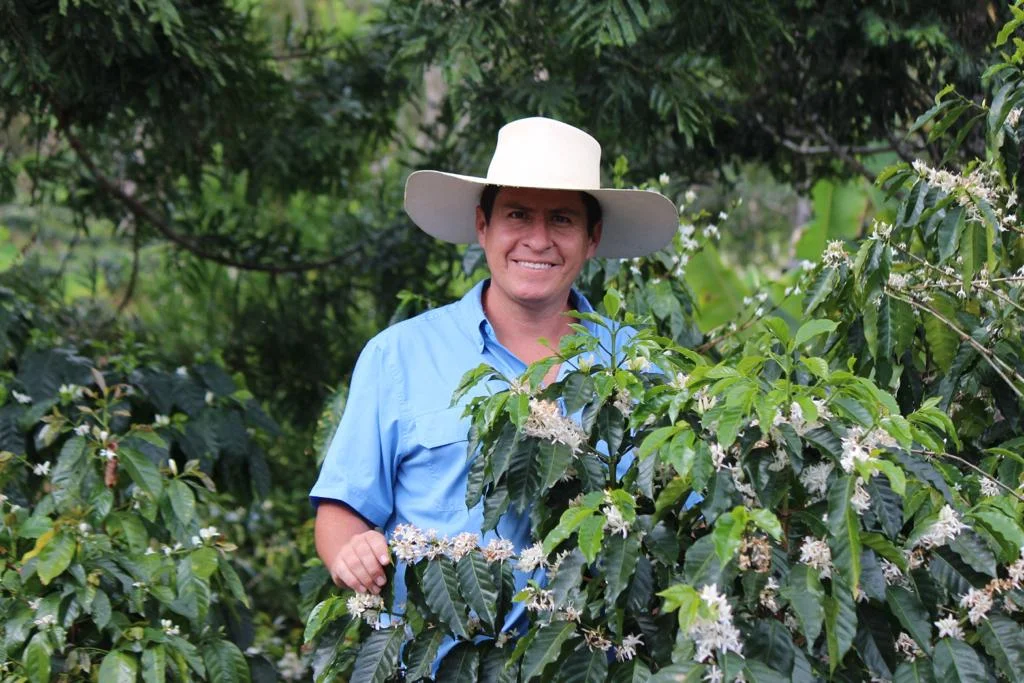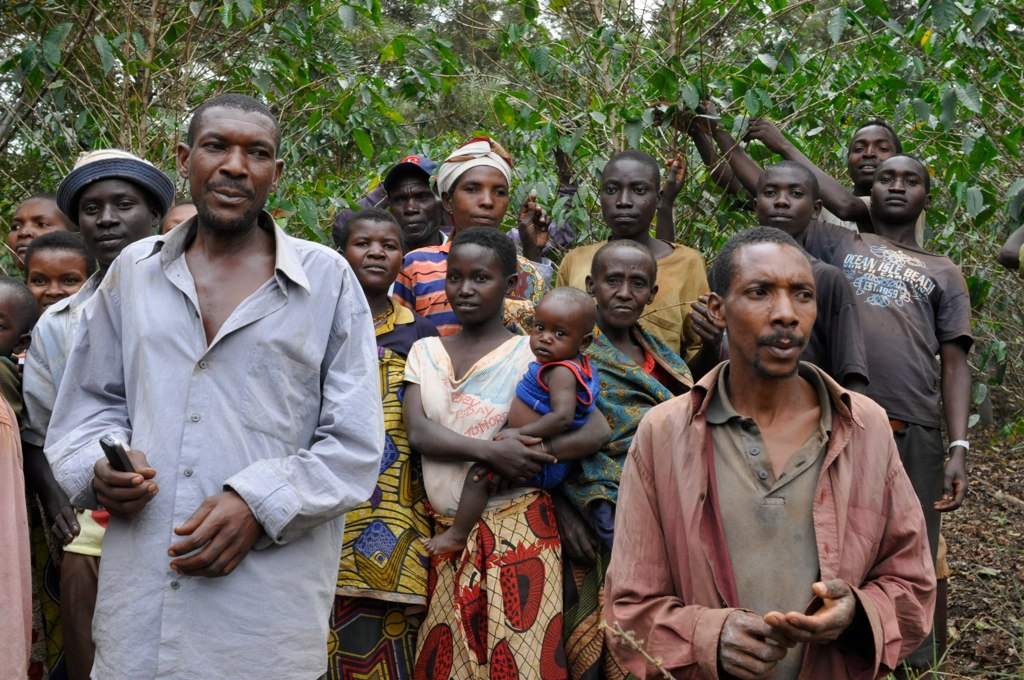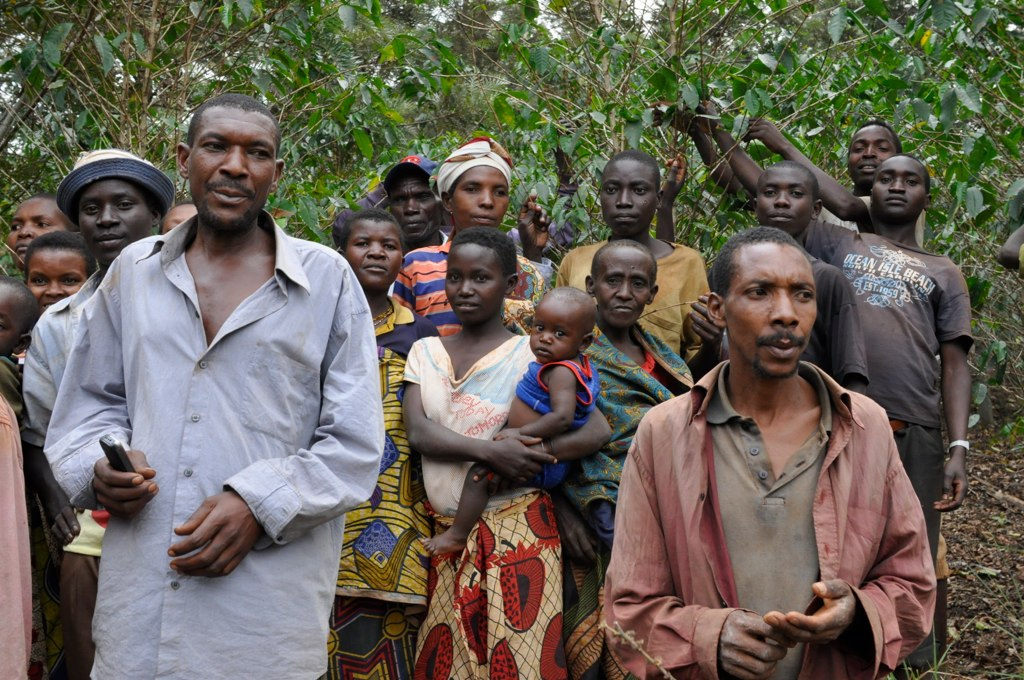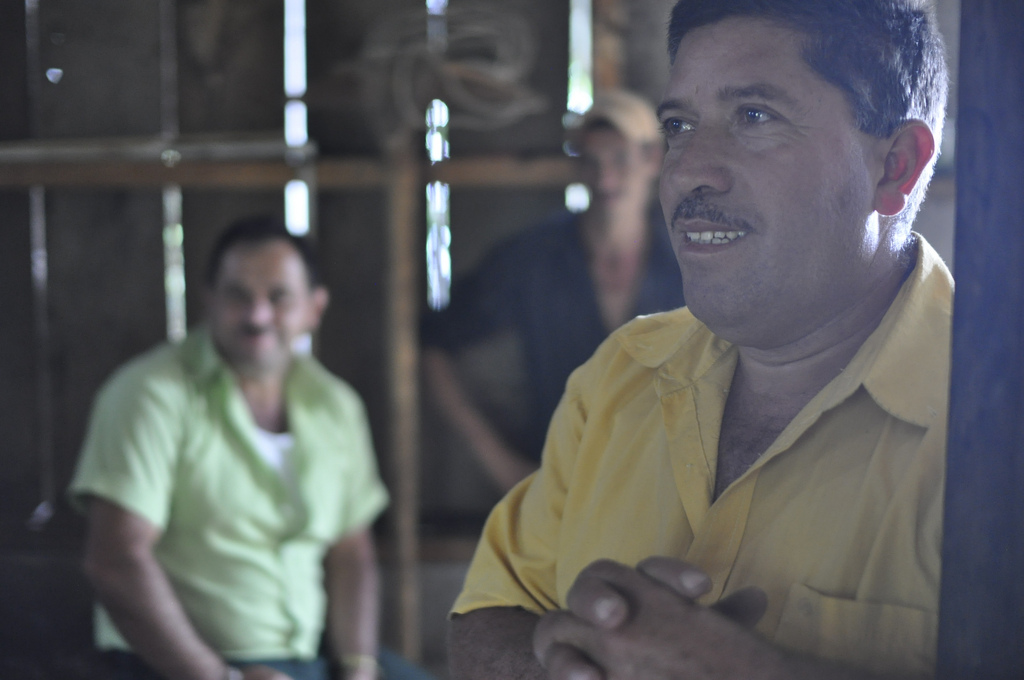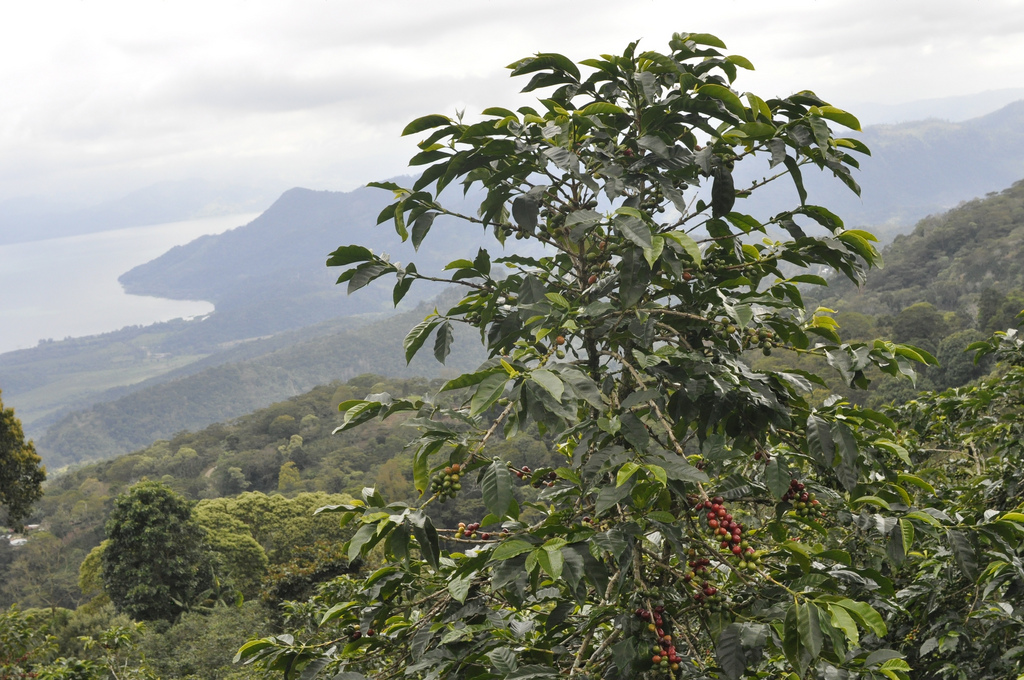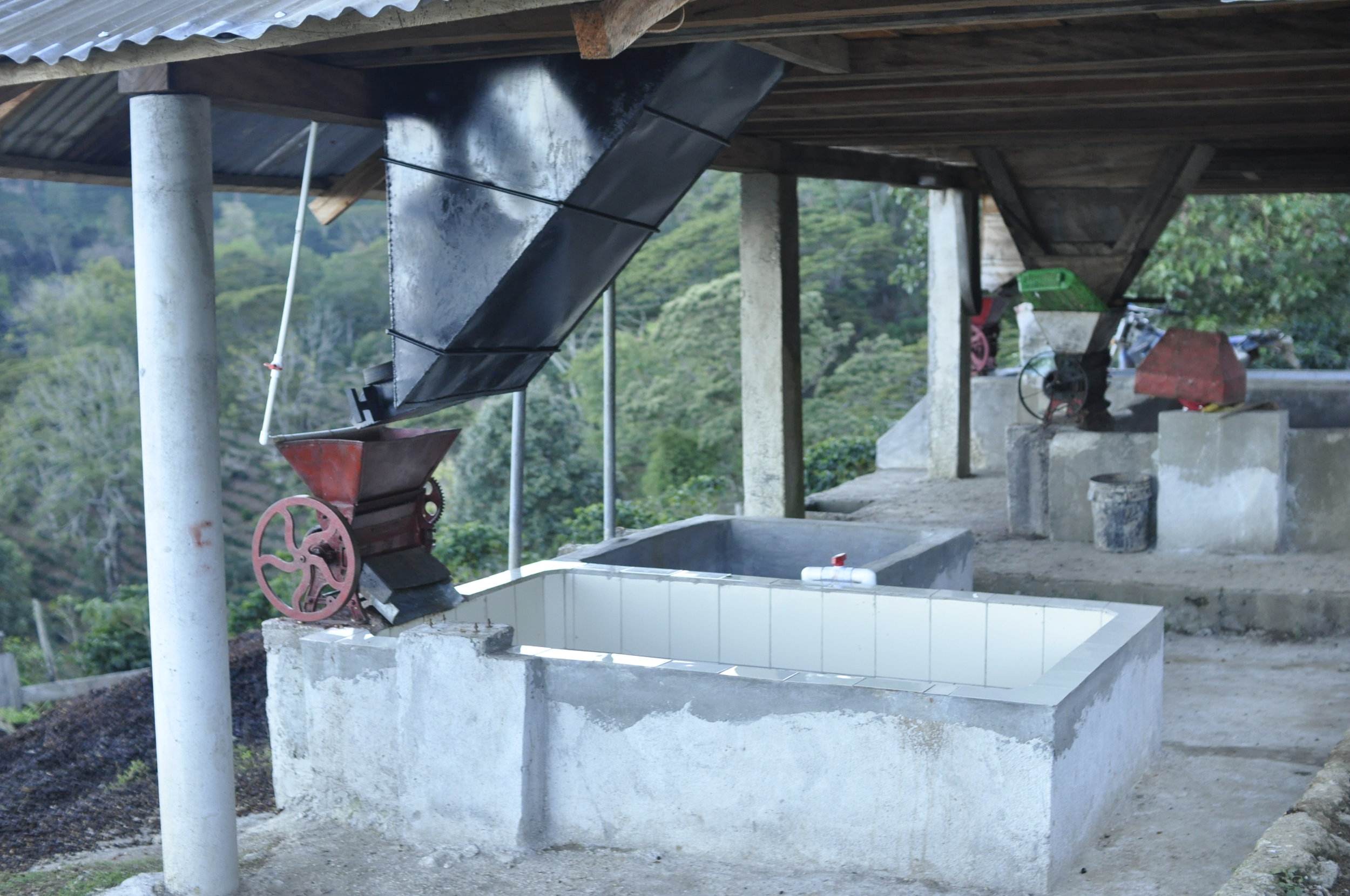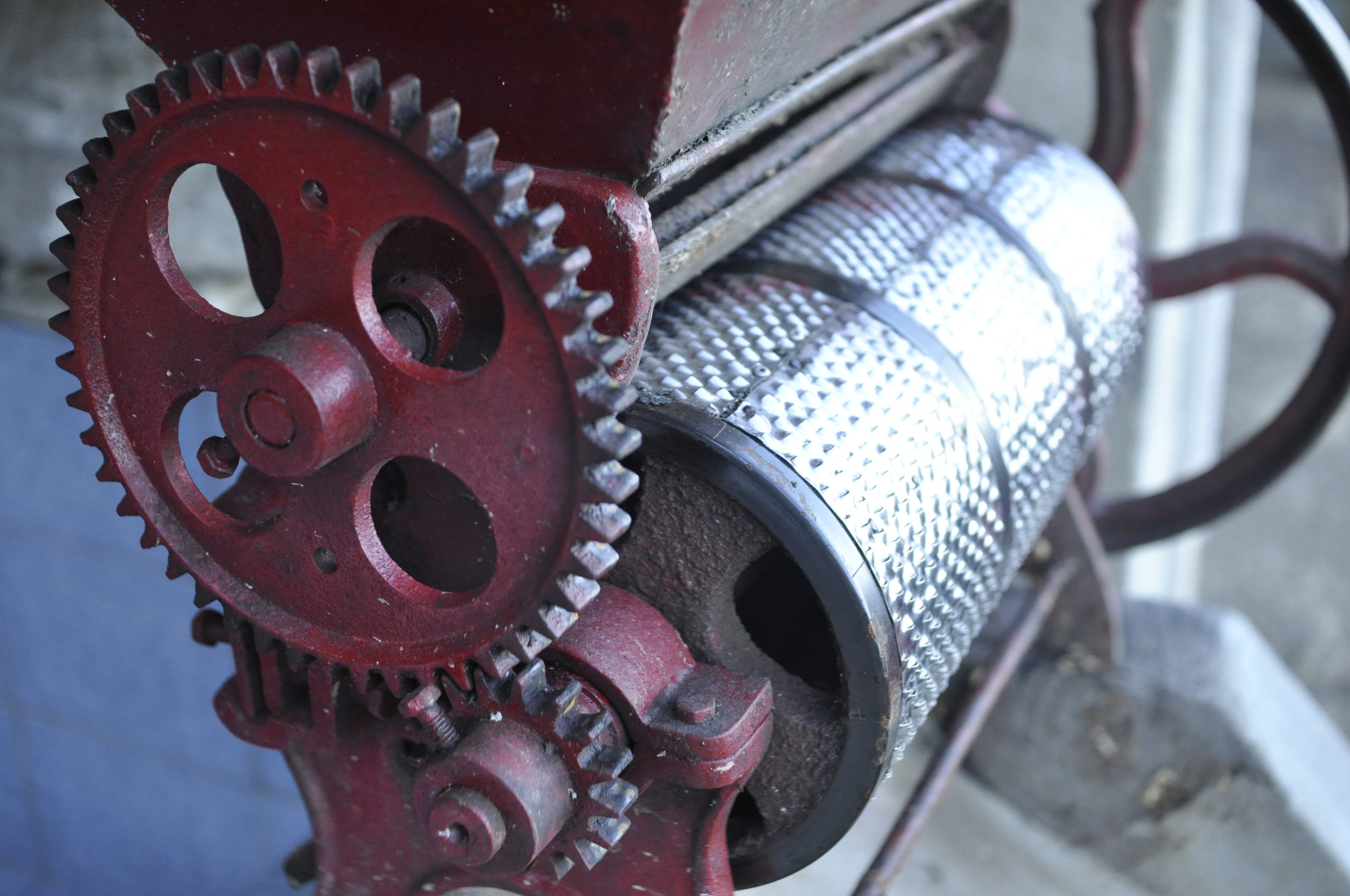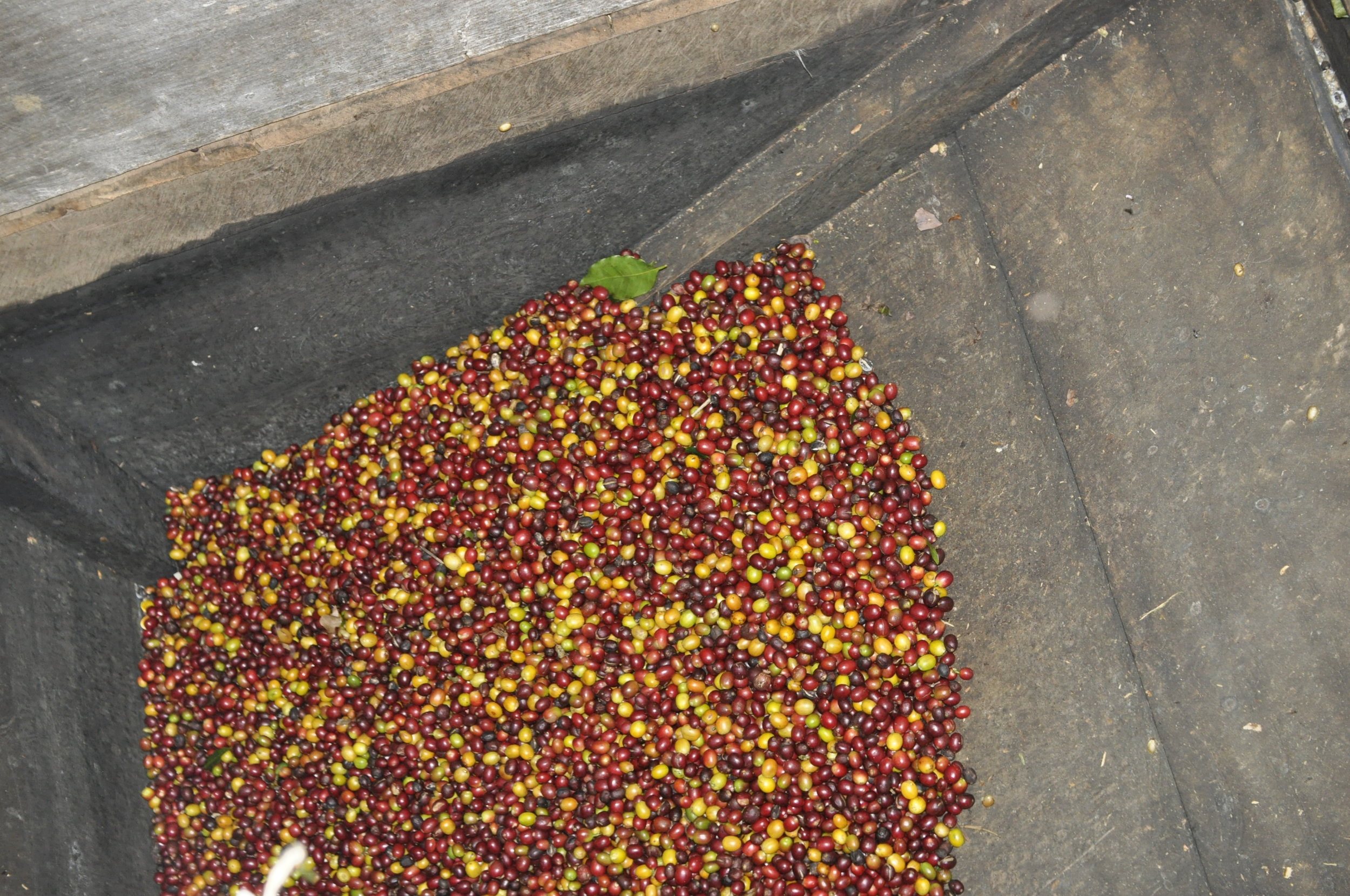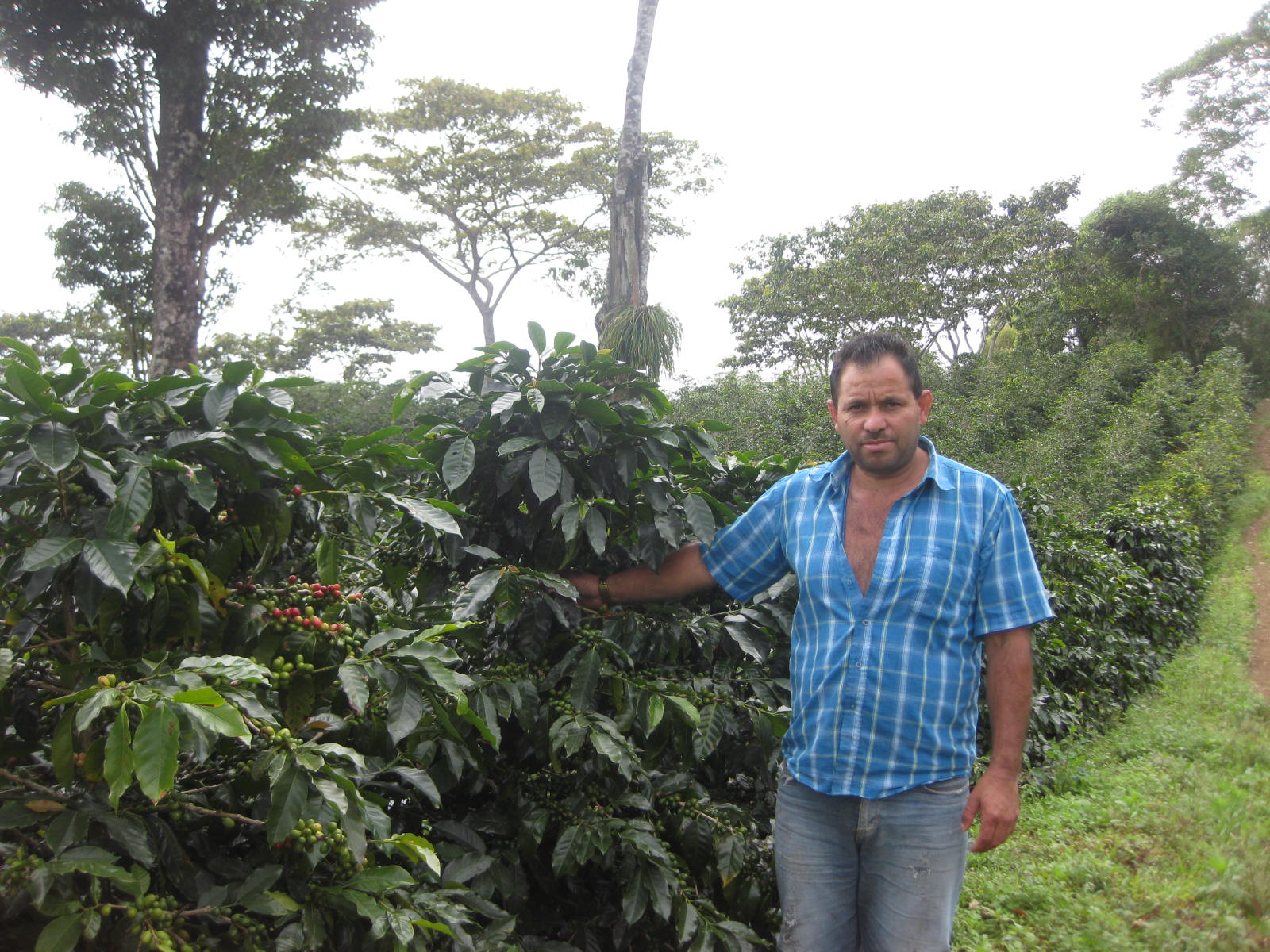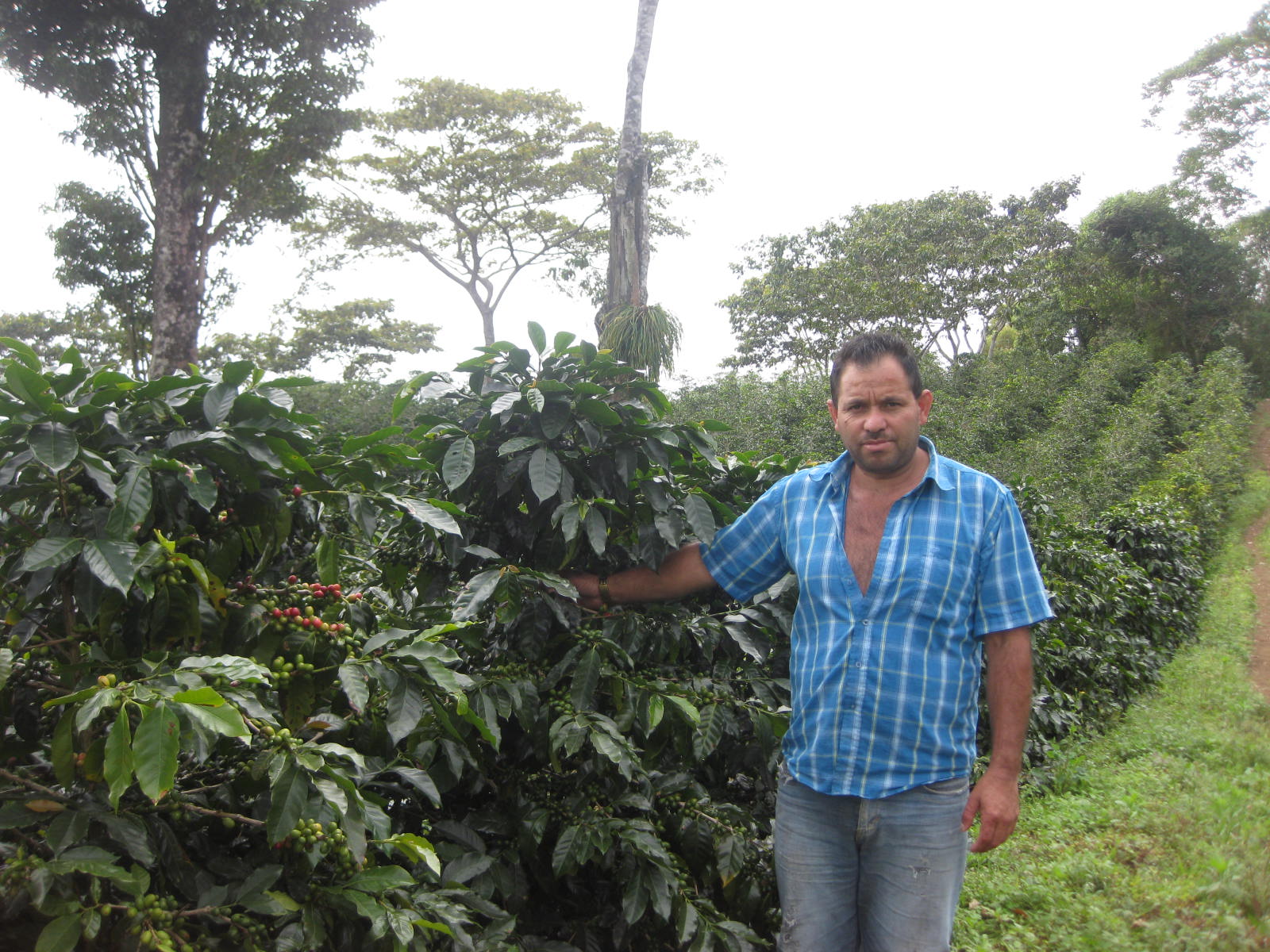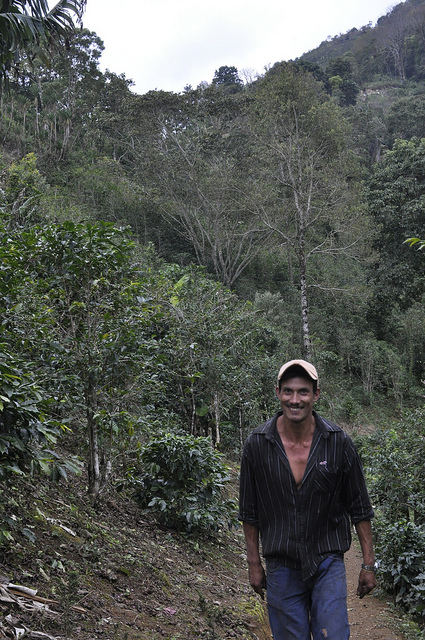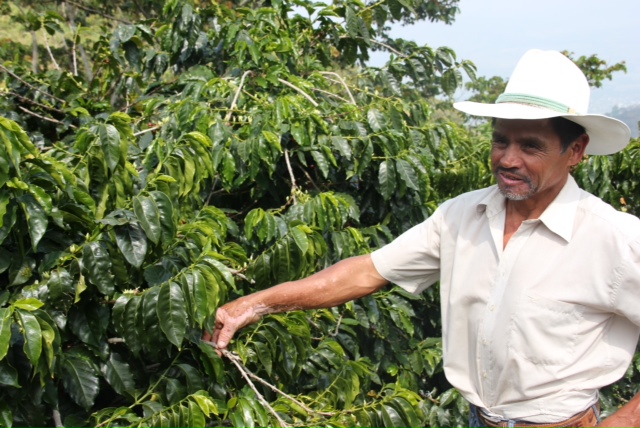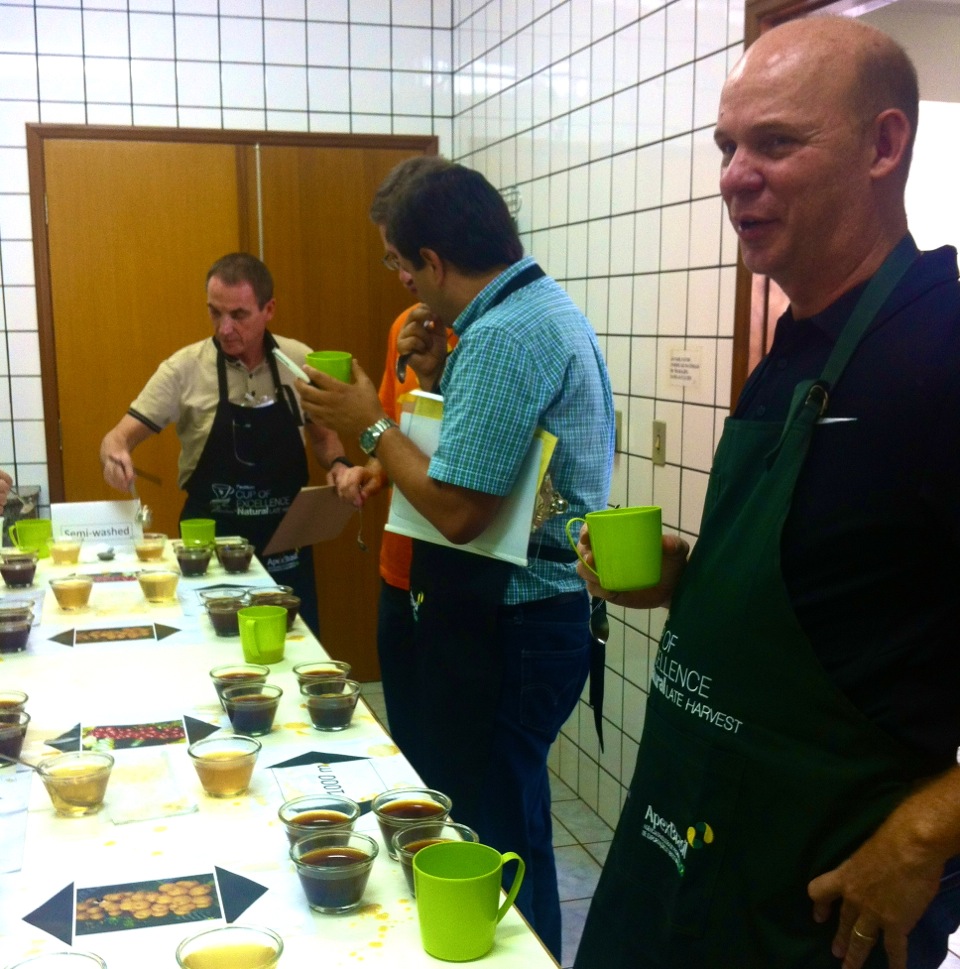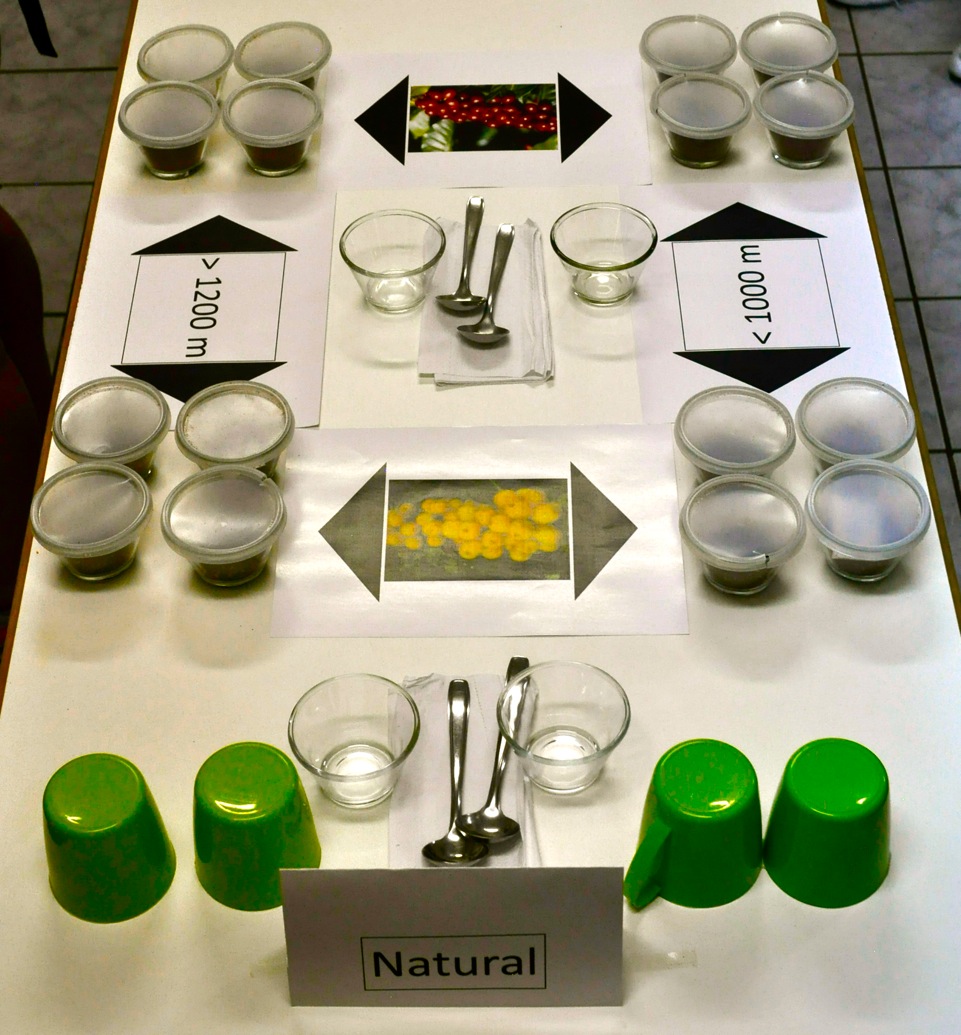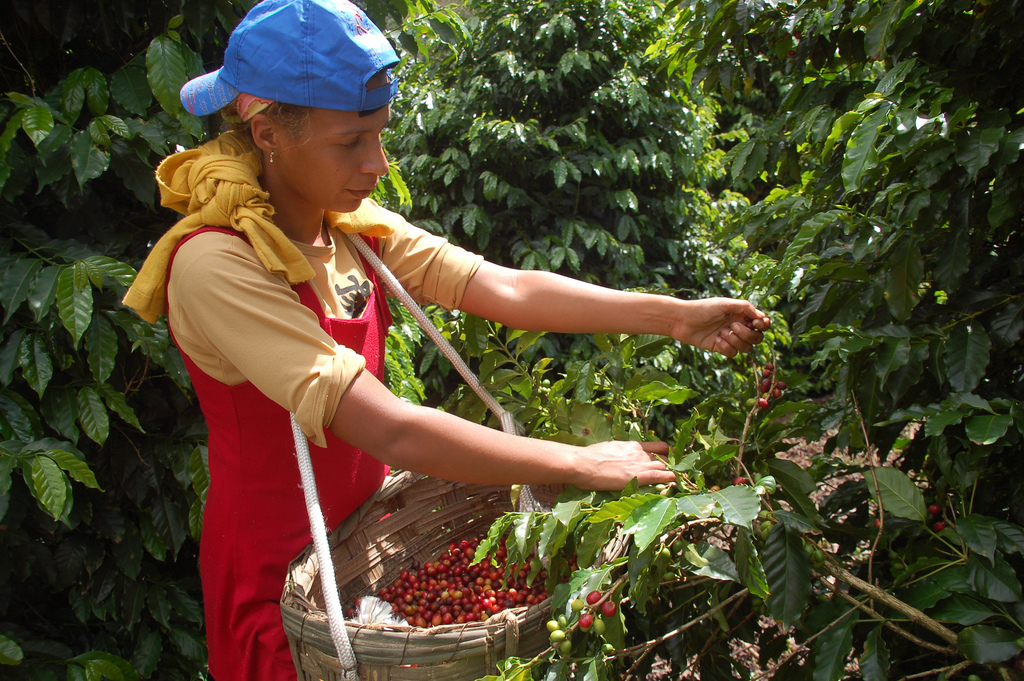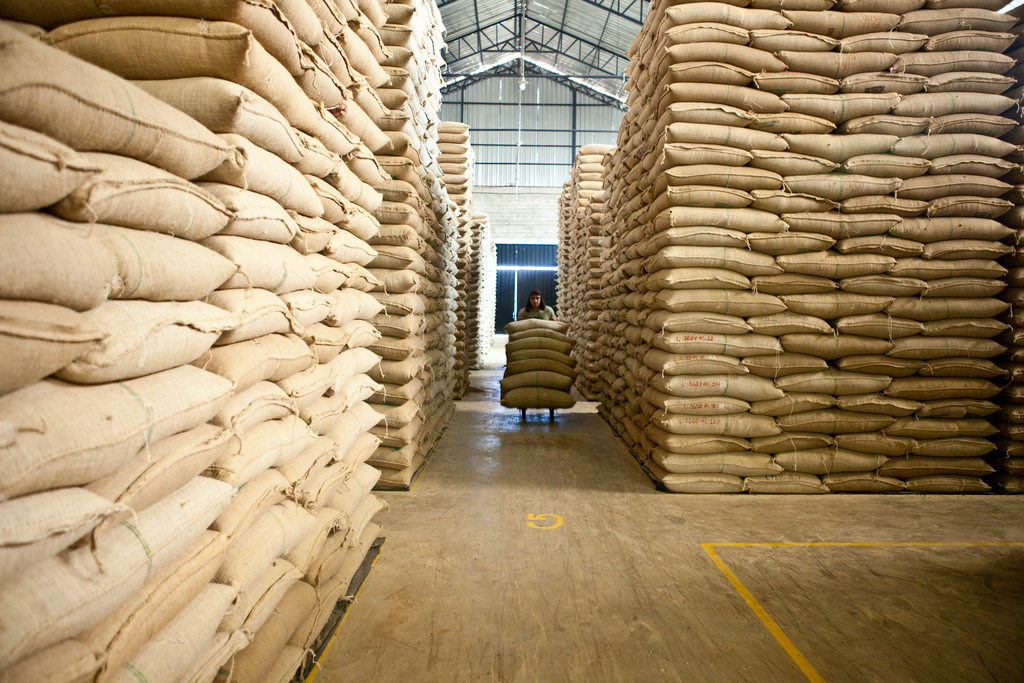With all due respect, as much as Paris is the food capital of the world, it used to be a joke to even think of Paris as a coffee destination. Well that was until just a few months ago.
For two days we want to make Paris the Coffee Capital. And as a matter of fact, things are changing quickly – and Paris IS on its way to becoming a coffee destination too and that is why we want to be here now.
We are in Europe after all. And Paris is at the center of it. Geograpichally it’s obvious. It’s Convenient. Its Beautiful.
CUTTING EDGE(S)
Lets start with talking about the fringes.
Any movement usually starts as a marginal thing. Even in marginal places. Just like Seattle once was the specialty coffee hub (deserved or not) it is at least geographically not at the center of the US market. And as we know, the cutting edge coffee places were not seen in NYC until recent years. Japan´s most influential Coffee company is in a mountain hill town, Kentaro Maruyama moved into Tokyo last week. Scandinavia is an outpost on this continent, but in specialty coffee it has become a destination.
THE EVENT. THE IDEA. PARIS 2012
For one weekend we want to share. We want to facilitate. We want to participate.
The ambition is to build a community. Many eager and competent coffee roasters around the continent have received coffees through the Collaborative. On behalf of the coffee farmers we are proud to say that we have found good homes for their lots. Now that the coffees are ”out there” we want to ask for samples of it back that we can cup together.
We are gathering a bunch of roasters – you – from all over Europe, to get together as proud craftsmen and women. We’ll talk about our craft and proudly share the coffees that we have roasted with such skill and care. Sourced by The Collaborative, roasted by you, all together on the same table. We are organizing a cupping where you’ll get the rare opportunity to compare you roast style with other ambitious roasters and craftsmen and women of Europe. Not for competition, but for cultural interaction and education. Other professional coffee cuppers and Baristas from all over the continent (and further) have signed up to come as well. Thus this is a unique chance to get a truly interesting feedback and discussions on the regional, company or personal culinary craft of roasting coffee. (even coffee from same farm, but roasted, thus approached with different craft. Then cup it comparatively. On the same table, the same day). For collegial interaction and fun.
We have carefully restricted the number of attendees at the event. We want there to be time and space for interaction and access to the coffees and the people who grew them.
THE COLLABORATIVE COFFEE SOURCE
It lies in the name. The Collaborative Coffee Source´s ambition is to be a source, and we want to do it in a collaborative way. We strive for making the coffee trade a transparent interaction between equally important partners; the maker, the importer, the roaster.
We source the coffees from the origins we work with that are outstanding the every meaning of the word. It goes without saying that the cup needs to speak for itself, thus beyond that – or better said – before that, there is a place and people who we want to learn about. The collaborative model is not to take ownership of that, but share it with you – the roaster. After all, it is your coffee.
There is no coffee trader around who’s ultimate goal is to connect you directly with the Place and the People who actually made the coffee you’d be roasting. The Collaborative doesn’t stock green coffee. We find it and we make sure it finds good homes, in Europe, and further afield. If you liked one coffee in the first place, you might be willing to stick to working with a farmer who has committed himself to making awesome coffee for you.
We want to make sure that that happens. And we want to make sure that you get it in a timely fashion.
Welcome to the collaborative!
THE NEWEST CROP: SOUTHERN BRAZIL
We are presenting and cupping the freshest lots of coffees right now.
BRAZIL finished their harvest in the highest growing regions a few weeks ago, the coffee lots are resting and getting ready to be shipped. We were there to preselect the cream of the crop from the highest merited regions - and now we’ll present them to you.
BURUNDI. We are thrilled to present to you this East African gem. It is like the new promised land. A new star from the African continent, wonderfully clean and sweet-tasting. We can’t wait to share our findings and our excitement.
HARD CORE EDUCATION:
VARIETALS
All of the coffees that we are getting from Carmo de Minas in Brazil and all of the coffees from Burundi are Bourbon coffees, thus this is a unique chance to taste & talk about and attributes of Bourbon as a varietal. To further enlighten and enhance our understanding of varietals, we have invited some of the highest merited coffee farmers on the Planet, the person who has had the fortune, curiosity and skill to work out a strategy for this is what has driven the roasting end of the industry more than anything else in the last few years.
PROCESSING NATURALS
Flavio Borem is a big deal. He´s never shown his work in Europe before and we are flying him over to share his work with us. His investigations at the University of Lavras in Brazil are about how processing affects the quality and the taste profile of the coffee in the cup. This is what we have all being dying to know for so long. And here he is to tell us.
SO WHY, AGAIN?
Because it is a unique opportunity to choose coffees you wish to purchase. And to mingle with your European counterparts.
Because it is educational and informative thus giving you a better understanding of what is happening in the coffee world – directly from source.
Lofty ambitions? Sure, why go for less.
So we have found a sexy loft for it.
- Robert
